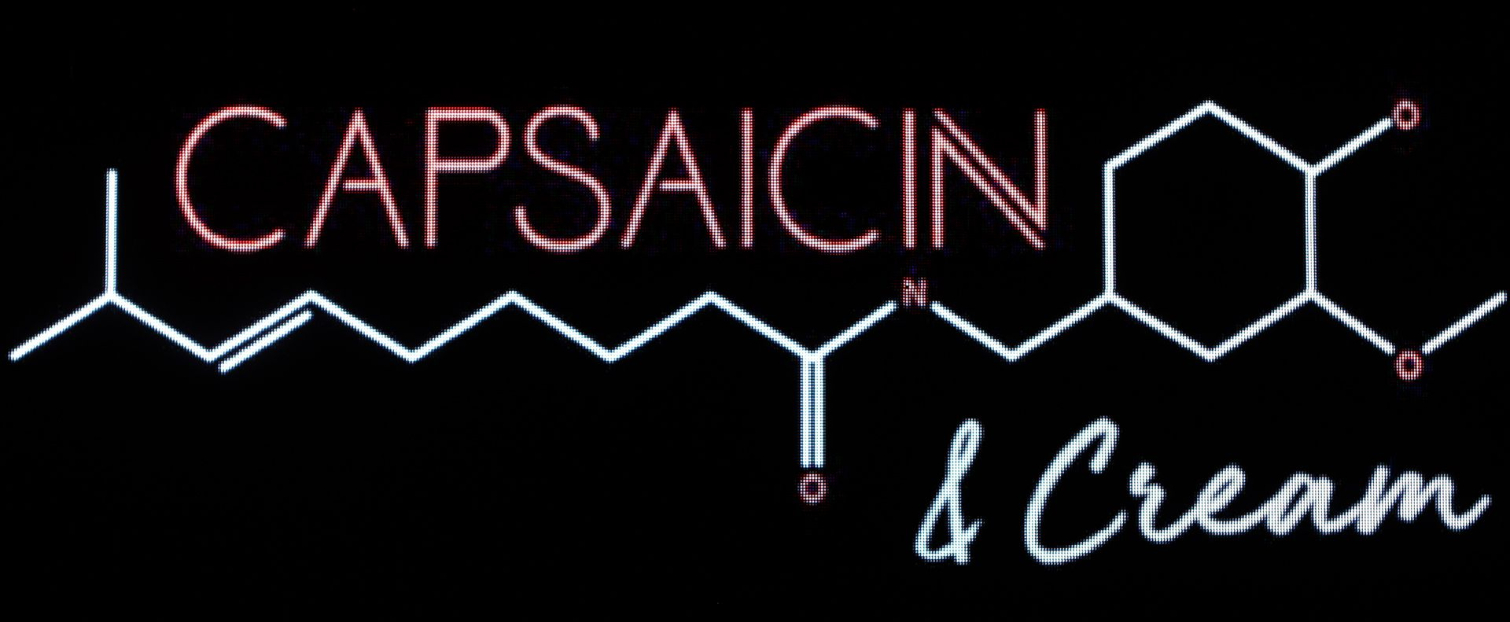AMD To Add Support For Valve’s Asynchronous Reprojection
During the Capsaicin and Cream event at GDC in San Francisco, AMD revealed that the next Radeon driver release will enable Valve’s Asynchronous Reprojection on AMD graphics cards.
Graphics performance is of utmost importance for virtual reality games and experiences. In VR, if the framerate drops below 90 FPS, you’re probably not going to enjoy the experience. Valve and Oculus have continued to develop technology that helps developers maintain smooth performance across a wide range of VR-ready hardware, but it’s up to hardware manufacturers as well as software creators to adopt those methods.
Oculus employs Asynchronous Timewarp (ATW) to give the illusion of a smooth frame rate, even when the performance dips below the desired 90 FPS. ATW examines the positional data of your headset from the current frame and re-draws the previous frame with the new positional data.
Valve initially used a different approach to solve the same problem. Interleaved Reprojection automatically cut the frame rate in half whenever it dropped below 90 FPS, and then reprojected the previous frame.
Asynchronous Timewarp and Interleaved Reprojection work well for an experience that doesn't include tracked hands and a lot of moving objects, but they don’t solve the full problem. In November, Oculus revealed Asynchronous Spacewarp, which calculates the position of your tracked hands (or controller), character movement, and camera movement, not just the headset orientation, before drawing a new frame.
Valve's Asynchronous Reprojection, released to the beta track of Steam VR in October, and rolled out to all SteamVR clients on November 15, is akin to ATW, offering more fine-grained control over context switching (between reprojection and normal frame rendering).
When Valve launched Asynchronous Reprojection, it supported Nvidia graphics cards with GeForce driver 372.54, but AMD graphics cards weren’t supported (normal interleaved reprojection was, however). It took AMD more than five months to build support for Asynchronous Reprojection into its graphics driver, but the wait is almost over. The next iteration of Radeon Software Crimson ReLive, which is expected in March, enables the helpful performance feature on AMD GPUs.
Get Tom's Hardware's best news and in-depth reviews, straight to your inbox.
Kevin Carbotte is a contributing writer for Tom's Hardware who primarily covers VR and AR hardware. He has been writing for us for more than four years.
-
waltsmith IMHO True VR isn't here yet. However, progress is steady if not astounding at times.Reply -
arakisb ReplyIt took AMD more than five months to build support for Asynchronous Reprojection into its graphics driver, but the wait is almost over.
It wasn't sufficient for you that they completely turned around their driver program and brought the company back from dead in the last year while managing to release polaris and now ryzen, and soon enough Vega. Sorry they could not focus on that during this period. Most likely they were focusing on what would most help them to claw back market share and get to this extraordinary point. I don't think your sarcasm was anymore necessary than mine; it is certainly more inappropriate since it is in the body of the article and it denotes a bias. -
kcarbotte Reply19367831 said:It took AMD more than five months to build support for Asynchronous Reprojection into its graphics driver, but the wait is almost over.
It wasn't sufficient for you that they completely turned around their driver program and brought the company back from dead in the last year while managing to release polaris and now ryzen, and soon enough Vega. Sorry they could not focus on that during this period. Most likely they were focusing on what would most help them to claw back market share and get to this extraordinary point. I don't think your sarcasm was anymore necessary than mine; it is certainly more inappropriate since it is in the body of the article and it denotes a bias.
That was not a sarcastic comment, nor was it biased.
It was factual. It took AMD five months to add support for Async Reprojection. that's the truth.
I get accused of bias every single time I write an article about AMD. no matter if its positive, negative, or neutral. -
bit_user Reply
Please don't let it get to you. I might nit pick on one or two things, but I really appreciate your excellent coverage.19368219 said:I get accused of bias every single time I write an article about AMD. no matter if its positive, negative, or neutral.

